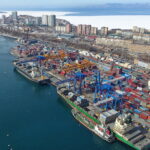New “container realities” of the Russian Federation: will China help?
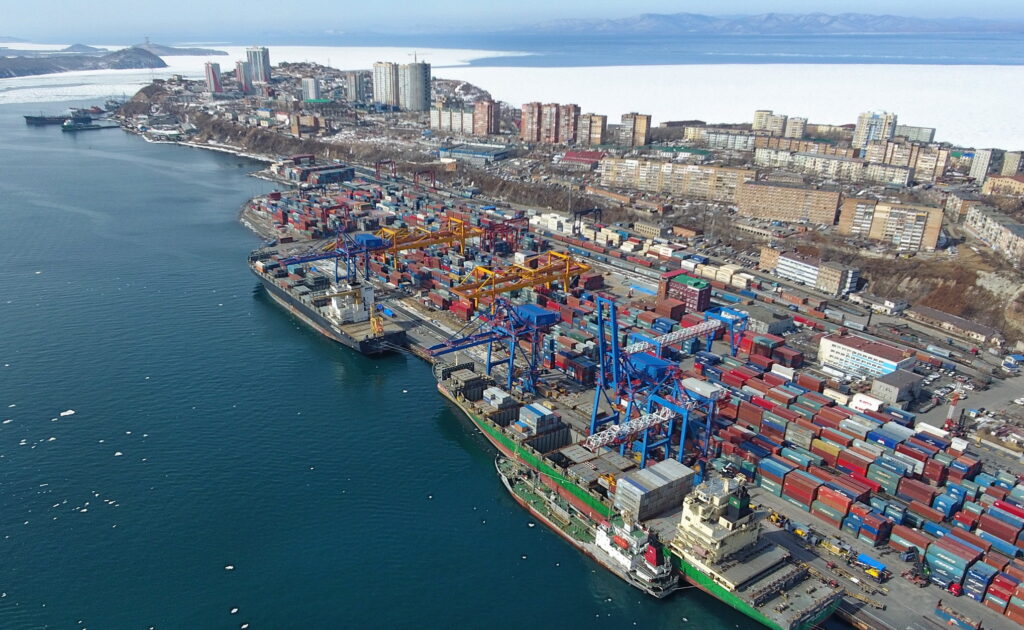
Since the world’s largest container carriers refused to work with the aggressor country, russia needs to look for new ways for container traffic. The European embargo on a number of russian raw materials and the closure of many ports for russian vessels also forces russia to look for new partners for trade. China became the hope for russian federation in this matter. But the plans of russian federation were hindered by another outbreak of COVID-19 in the People’s Republic of China, which blocked Chinese ports for an indefinite period.
Soon after the russian invasion of Ukraine, the French CMA CGM Group announced the suspension of its operations in russia. The Danish Maersk temporarily stopped all container transportation to and from russian federation. And the Danish carrier was followed by the alliance partner, MSC, and temporarily suspended transportation to russian federation. Similar procedures were undertaken by other carriers of the Alliance – Hapag-Lloyd and ONE.
In general, since the beginning of the full-scale war, bookings in russian ports have been suspended (or restricted) by six of the world’s largest container ships: Maersk (610 vessels), MSC (500), Hapag-Lloyd (13), Yang Ming (84). In turn, HMM (110 courts) and One (240).
According to various data, the number of containers stuck on the way to russian federation has now reached more than 300,000. units The container “boycott” of European countries has blocked up to 60% of russian export goods, and up to 50% of russian imports.
At the same time, according to RosSMY, russia can independently produce about 10,000 containers per hour.
Despite the situation, russia decided not to despair. Now the aggressor country is considering the possibility of redirecting cargo to China, as well as cooperating with Chinese companies. In addition, russia is studying “the possibility of creating new port-hubs on the territories of friendly countries and organizing feeder lines to the ports of Novorossiysk and St. Petersburg.”

Also in April, russian federation adopted a law on support for the transport industry. It removes the restriction on the use of temporarily imported foreign containers, limits the participation of foreign investors in sea cargo transportation, and also temporarily cancels the weight and overall control of cargo vehicles.
This means that russia can repeatedly use foreign containers temporarily imported into the country’s territory for domestic transportation in russia. Note that russian federation will exploit other people’s containers without the knowledge and consent of their rightful owners. Anyway, nothing new.
So far, container imports into russian federation exist in the field of road and rail transport. But the decrease in the sea container flow will significantly affect the russian economy.
Turning for help to China
Countries with a neutral or pro-military position regarding russia’s invasion of Ukraine can become partners for russia in the current conditions. The PRC, which neighbors russian federation, is a separate state with an unspoken position “against all”. Lately russia has been counting on China as an important strategic partner in various spheres, including trade cooperation.
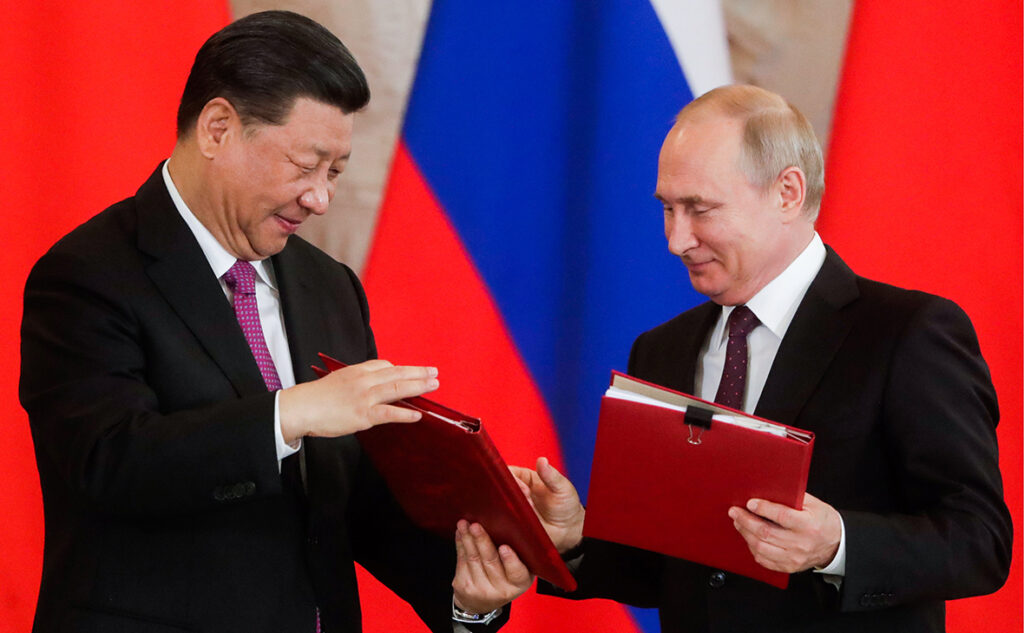
Last year, trade turnover between russia and China grew by 35.8% compared to 2020 and amounted to $146.88 billion, according to the General Administration of Customs of the People’s Republic of China. Exports of Chinese products to russian federation increased by 33.8% in one hour and amounted to about $67.56 billion. In turn, exports from russia to the People’s Republic of China increased by 37.5% to $79.32 billion.
For China, russia is the main supplier of oil, gas, coal and agricultural products. Mainly, cars, various equipment and apparatus are imported from China to russia.
In the first quarter of this year, russia’s trade with China grew by 28.7% to $38.17 billion. Since the beginning of the year, the volume of exports of Chinese products to russia amounted to about 160,000 tons
According to the General Administration of Customs of the People’s Republic of China, in the first half of 2021, russian-Chinese trade turnover increased by 28.2% compared to the previous year, to $63.08 billion. That is, the dynamics of trade growth between the two countries this year remains before, and the growth of indicators for quarters and half-years fluctuates within one percent.
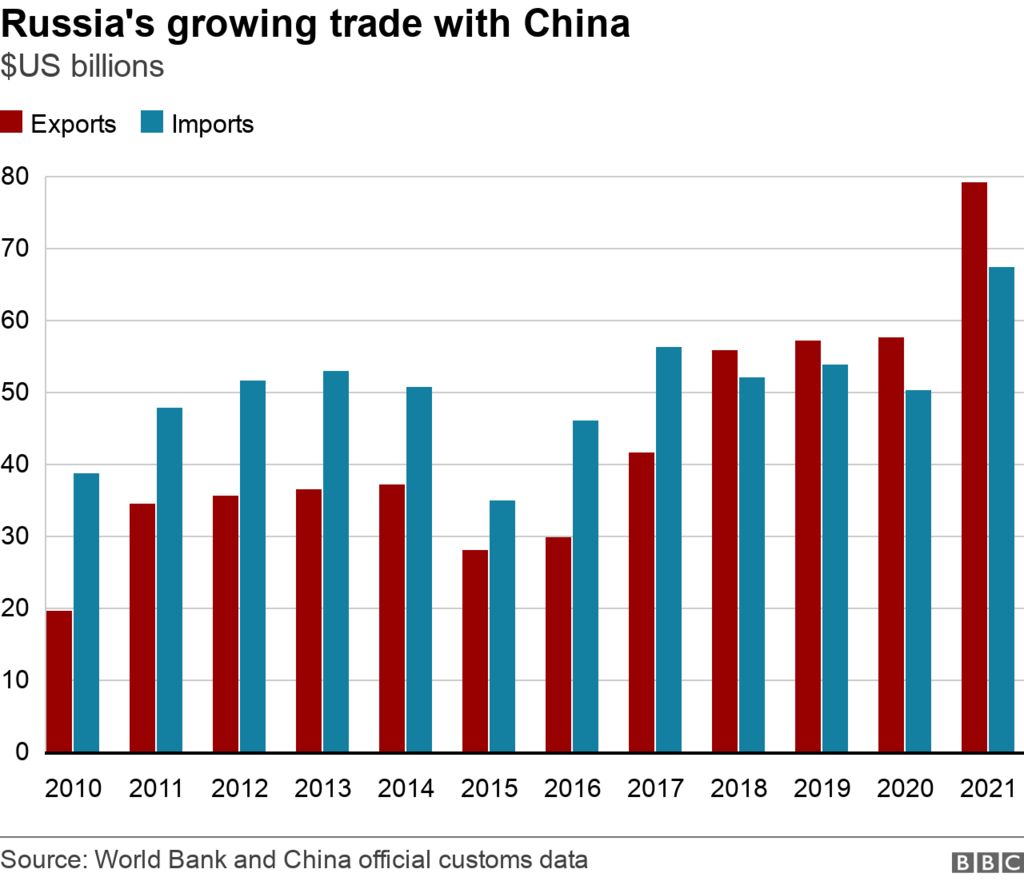
In addition, to compare, China has more fruitful trading partners than russia. For example, the trade turnover of the People’s Republic of China and the United States last year also grew by a third, but the final annual figures are more than 5 times higher than the volume of China’s trade with russia, amounting to $755.64 billion. The same percentage growth in China’s trade with other countries can also indicate the general trend of price growth, if we are talking about indicators in monetary terms.
It is also important that Chinese exports to the USA are three times higher than American imports to China. Stable trade relations with the USA are strategically important to China. This fact can calm those who worry that the PRC can become a full-fledged ally of Russia in the fight against the civilized world.
In January, summing up the economic results of the past year, russian analysts trumpeted the record in trade with China and the fact that the relationship between the two states is getting stronger, and the amount of money in the total trade turnover is getting bigger and bigger. However, russia did not expect that the PRC would face problems within its own country and shift the focus of attention from celebrating a partnership with an aggressor country to saving its own economy.
The situation in China
China is once again covered in outbreaks of COVID-19. In Chinese ports, queues of ships were formed, waiting for access to berths. Also, the lack of personnel and equipment at shipbuilding enterprises due to the outbreak of the virus does not allow to accept in China numerous ships that require repair or modernization. In addition, the war of the Chinese trading partner in Ukraine also affects the cost of insurance of courts, which only adds to the headache of the PRC. The world will again face disruptions in global supply chains.
According to the analytical company Windward, 20% of the approximately 9,000 active container ships in the world are now stuck in traffic jams outside congested ports. A third of this amount is accounted for by China – this number is already twice the number of courts in queues in February.
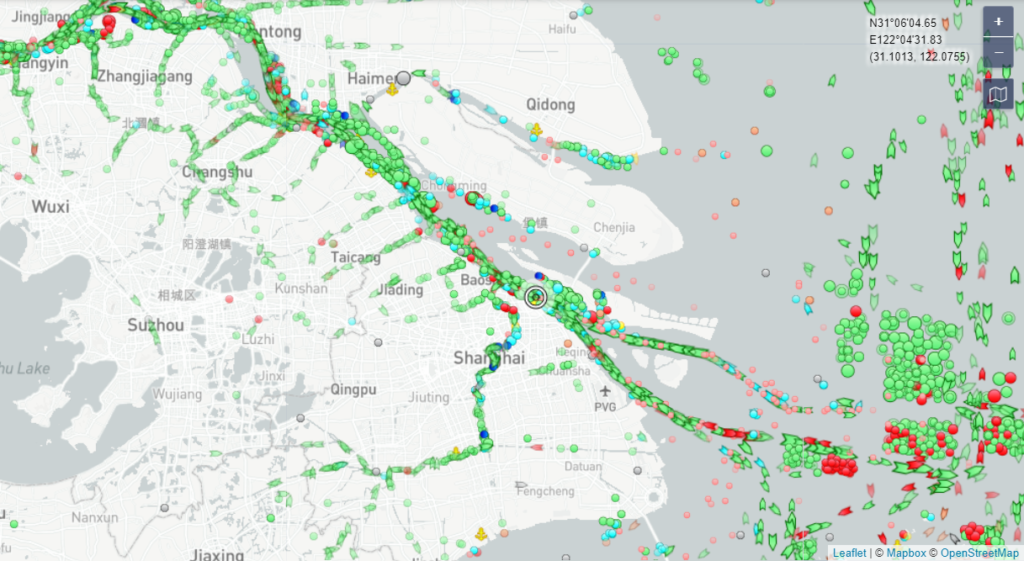
As of April 19, Windward recorded 506 container ships waiting for berths in Chinese ports (260 vessels were counted in February).
The largest Chinese port, Shanghai, did not receive ships for several weeks due to tens of thousands of sick citizens. Now the management of the port says that the port is working normally and that there are no delays, but there are analysts who say the opposite.
Despite the growth in the volume of container traffic in the first months of the year, in April Shanghai already lost a third of the total cargo turnover, and 17% – container traffic.
While the quarantine is in effect, about 25,000 workers remain at their posts in the port of Shanghai, so that the reception of ships does not stop completely. Outside the port of Shanghai, restrictions on cross-border cargo transportation and movement around the city do not allow workers to load and unload sea containers, which leads to delays.
China is taking radical measures to finally close the issue of the COVID-19 pandemic. For example, despite the opening of ports, where queues from ships are still observed, Beijing has limited or completely stopped production at thousands of factories in the country, and workers are forced to periodically go into quarantine. This, in turn, affects the production of export products. Thus, China has a problem not only with logistics, but also with the production of goods for foreign trade.
In total, about 40 million Chinese are now in isolation, including almost the entire population of Shenzhen, where the fourth largest container port in the country is located.
In addition, delays in the processing of container ships cause a shortage of empty containers for sending cargo abroad. It turns out that due to the outbreak of the coronavirus, China cannot provide the usual cargo flow, not to mention the increase in trade with neighboring countries.
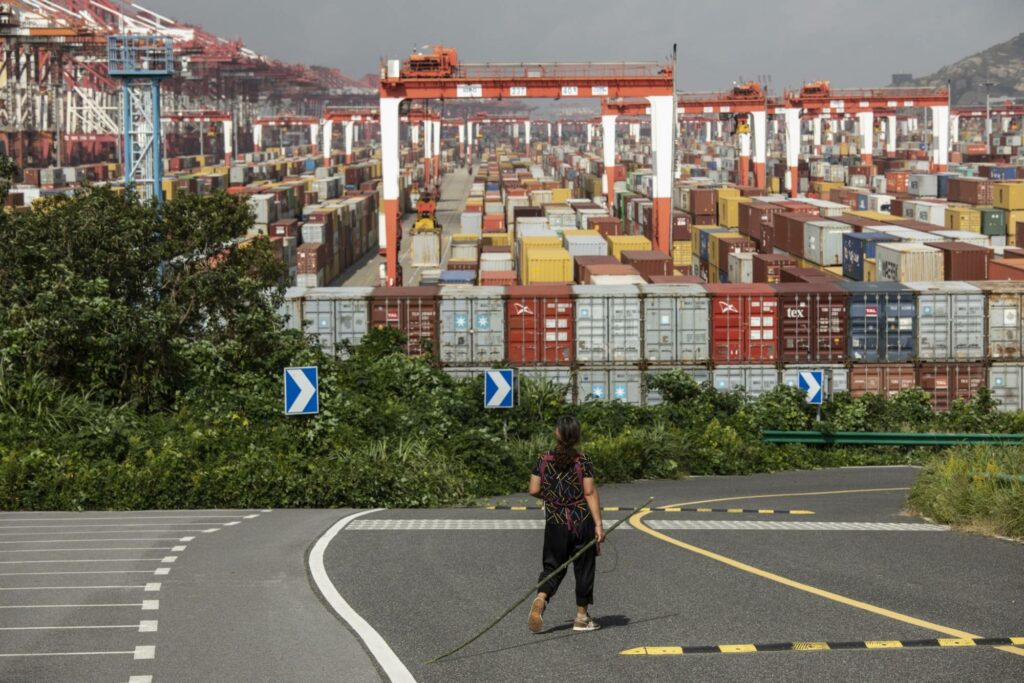
In May, a decrease in the number of new cases of infection with COVID-19 was recorded in Shanghai. And since thousands of key enterprises are resuming production, experts predict that the city will gradually lift the quarantine by the end of the month, the Global Times reports.
From May 1 of this year to March 31, 2023, China introduced a temporary zero rate of customs duties on the import of coking coal and six other types of coal products. On the one hand, russia could send more coal to China, taking into account such benefits, and partially compensate for the lack of coal sales to Europe, which imposed an embargo on this russian cargo. But does China need additional spending on russian coal, taking into account the costs of “pacifying” the outbreak of COVID-19 and the associated increase in the cost of containers, transportation, downtime, insurance and repair of ships?
When the covid panic in China will end is unknown. And in light of the current economic boycott, for russia, any time is money. Of course, it is possible to agree on supplies with the countries of the East
or the same Eritrea, which supported russian aggression in Ukraine. However, the Chinese crisis affects the supply chain around the world, which means that the problem of congestion and downtime will affect ports in all countries with sea trade. And few of the partners will be able to replace russia’s income from populous and powerful China, on which it so counted, ignoring the consequences of Western sanctions.
Olga Gorbenko.
